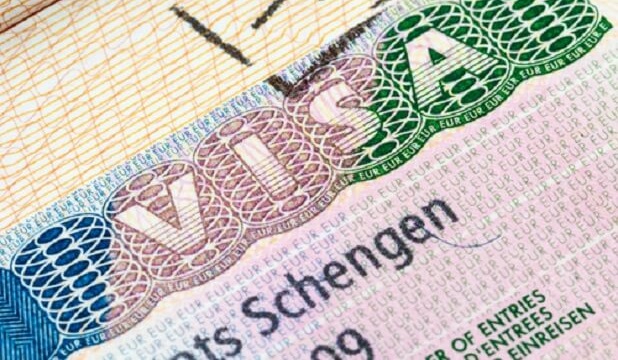EU Commission Comes to Terms on Unifying Rules on the Emergency Travel Document
The European Commission has recently announced the newly adopted technical details regarding the EU Emergency Travel Document, including the design and security features.
According to a press release by the EU Commission, this document, which is issued to EU citizens who have lost their identification travel document abroad, can now be issued by the Member States, who have two years to implement the Directive into the national law and start issuing documents by the end of 2025, SchengenVisaInfo.com reports.
This decision was the final step in the path for a legally binding procedure that would enable EU citizens to receive the document under identical conditions, as the Directive adopted in 2019 indicates.
As the authority notified the Member States, for the last 26 years, EU citizens who had their passports stolen or lost them abroad, could obtain a travel document for emergency use from embassies or consulates of the EU Member States, in addition to their own. However, the old scheme did not meet the security standards of nowadays and as a result, some Member States ceased to use it.
This new document, which is a single-journey document that expires within 15 days of its issuance and is granted by embassies and consulates across all Member States, is issued to unrepresented EU citizens who lose their identification documents while travelling in third countries.
“The EU Emergency Travel Document will offer EU citizens a secure and reliable way of returning home should they lose their passport while travelling abroad. As the repatriations during the beginning of the COVID-19 pandemic have shown, enjoying the full right to consular protection is an important aspect of what it means to be an EU citizen,” Commissioner for Justice, Didier Reynders, pointed out.
The new EU Emergency Travel Document can now be issued by Member States to their own citizens, which is expected to reduce production costs and raise awareness regarding this document. Member States now have two years to implement the Directive into their national law, and they will be able to start issuing the documents as of the end of 2025.
The format for issuing such a document is uniform across all Member States, and the latter must charge the applicant the same fee as their own nationals have to pay for an emergency document or choose to waive the fee generally or in specific situations.
An EU ETD can be valid until the end of the journey for which it is issued, allowing necessary stops and connections. In addition, a two-day period of grace is allowed with this document while the validity should not exceed 15 days.



